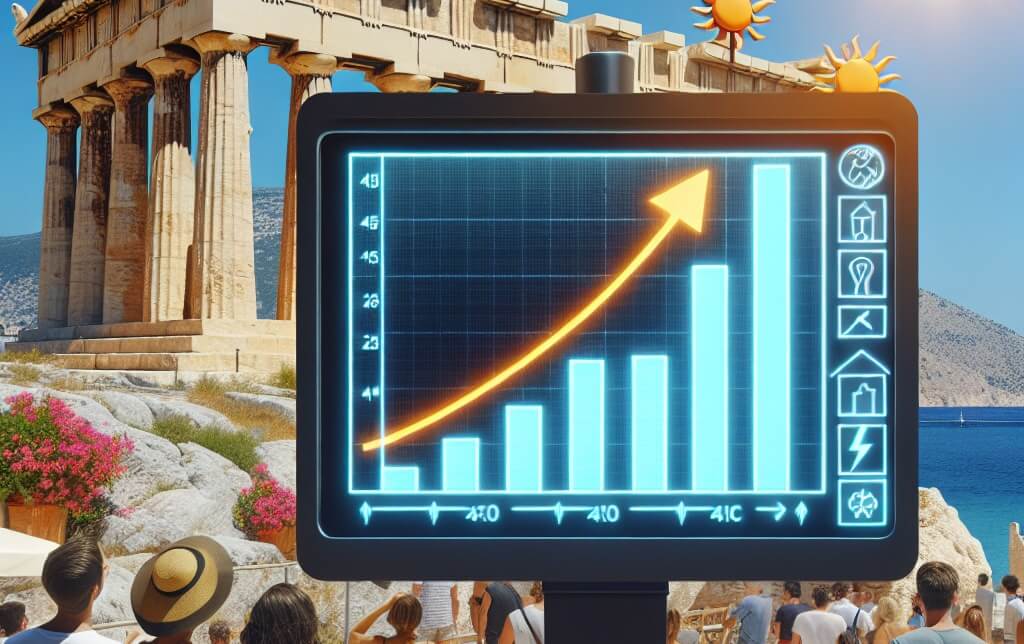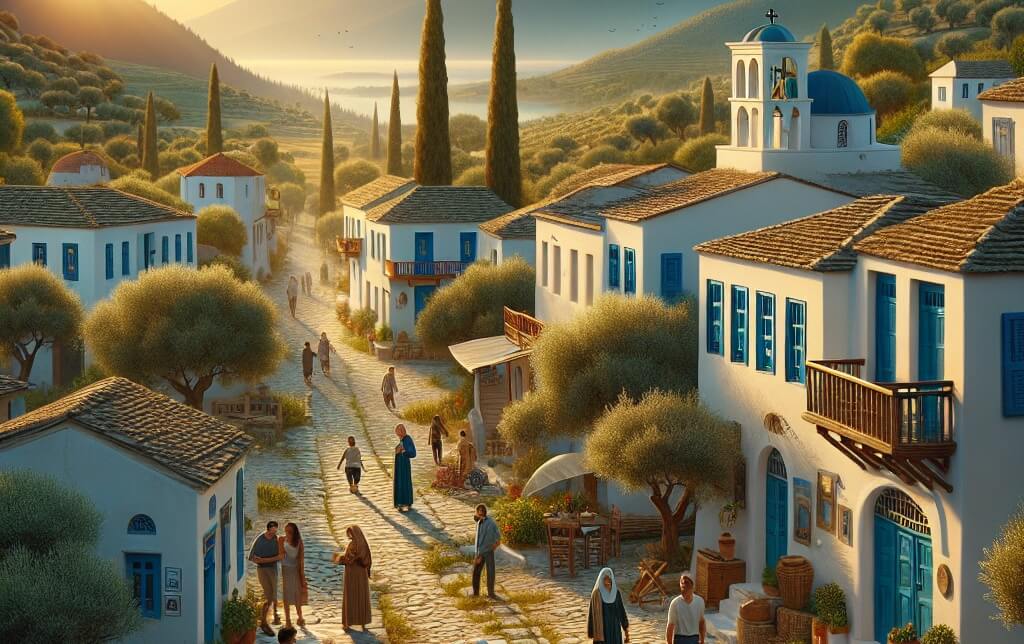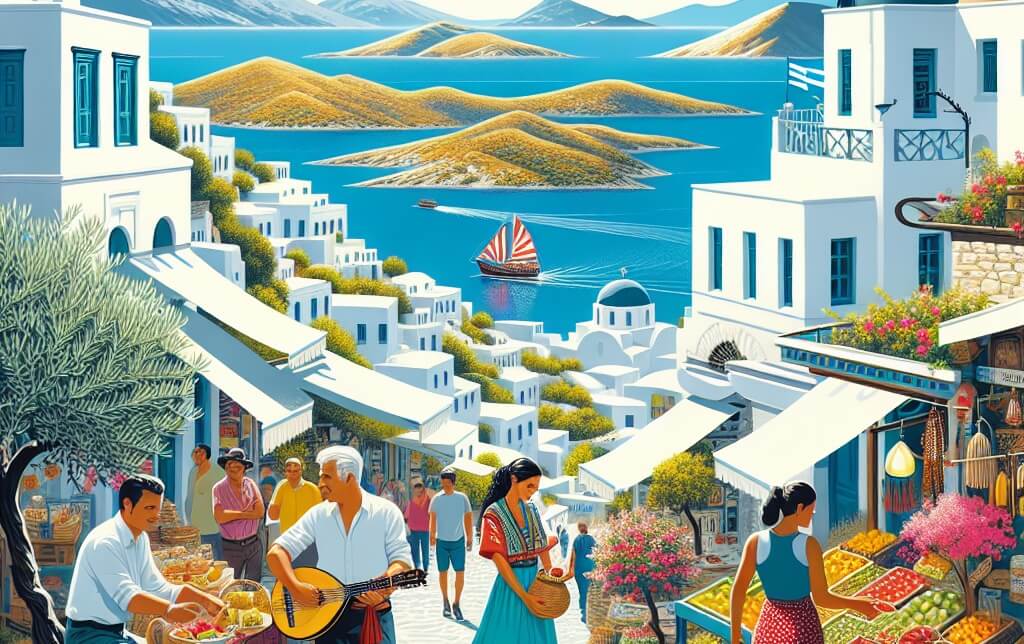
Explore solun greece with detailed map for easy navigation
Exploring Solun, Greece with the aid of a detailed map can greatly enhance your navigation experience in this beautiful region. A comprehensive map of Solun will not only assist in locating key landmarks and attractions but also provide valuable information on transportation routes, dining options, and accommodations. By utilizing a detailed map, visitors can efficiently plan their itinerary, ensuring they make the most of their time in Solun without getting lost. Whether wandering through the historic streets of the city or venturing out to the surrounding countryside, a reliable map can offer a sense of direction and ease any uncertainties about the area. Embracing the use of a detailed Solun map is a practical and beneficial tool for those seeking to explore this charming destination with confidence and efficiency.
I. Introduction
The island of Solun, located in Greece, boasts a rich history and diverse cultural heritage. Situated in the Aegean Sea, Solun is known for its stunning landscapes, ancient ruins, and vibrant local communities. This map serves as a valuable tool for exploring the island's various attractions, from its picturesque beaches to its historic landmarks. By delving into the details of this map, visitors can gain a deeper understanding of Solun's geography and topography, enabling them to make the most of their travels and fully appreciate all that this enchanting destination has to offer.
II. Byzantine Empire
The Byzantine Empire, also known as the Eastern Roman Empire, was a continuation of the Roman Empire in the East after the fall of the Western Roman Empire. It emerged as a distinct political entity centered around the city of Constantinople, modern-day Istanbul, in the 4th century AD. The Byzantine Empire played a crucial role in shaping the history of the Mediterranean region and beyond, with its influence extending to regions such as Greece, Asia Minor, and North Africa. The empire's strategic location at the crossroads of Europe and Asia allowed it to control key trade routes and maintain a powerful military presence in the region. The Byzantine Empire's legacy includes significant contributions to art, architecture, and literature, as well as the preservation and transmission of classical knowledge during the medieval period.
III. Balkan War
The Third Balkan War, also known as the Second Balkan War, occurred in 1913 and was a result of the territorial disputes that arose among the Balkan states following the First Balkan War. The conflict primarily involved the Kingdom of Greece, Serbia, Bulgaria, and the Ottoman Empire, with each nation seeking to expand its territory at the expense of its neighbors. The Treaty of Bucharest was eventually signed, which resulted in significant territorial changes in the region, particularly for Bulgaria which lost a substantial amount of land. The war highlighted the complex and volatile nature of Balkan politics during this period, as well as the ongoing struggle for power and influence among the various states in the region.
IV. Alexander the Great
Alexander the Great, also known as Alexander III of Macedon, was a renowned ancient Greek king who played a significant role in shaping the course of history. His conquests extended the boundaries of the Greek world to create one of the largest empires the world had ever seen. Alexander's military tactics and strategic brilliance allowed him to defeat formidable opponents and establish control over vast territories, including Greece, Egypt, Persia, and parts of Asia. His leadership and vision inspired loyalty and admiration among his troops, earning him a reputation as one of the greatest military commanders of all time. Alexander's legacy continues to be studied and revered for his achievements in expanding the influence of Greek culture and civilization across diverse regions.
V. City of Thessaloniki
V. City of Thessaloniki is a prominent urban center located in northern Greece, known for its rich history and cultural significance. Situated strategically on the Thermaic Gulf, Thessaloniki serves as a key economic and cultural hub in the region. The city boasts a blend of ancient ruins, Byzantine architecture, and modern developments, making it a popular destination for tourists and historians alike. With a bustling waterfront promenade, vibrant markets, and a thriving culinary scene, Thessaloniki offers a unique blend of tradition and modernity. Overall, the City of Thessaloniki stands as a testament to the enduring legacy of Greece's past while embracing the opportunities of the present.
VI. Young Turk Revolution
The Young Turk Revolution of 1908 was a significant event in the history of the Ottoman Empire, marking a turning point towards constitutional government and the end of absolute monarchy. The revolution was led by a group of young military officers who sought to modernize the empire and address the growing discontent among the diverse population. The movement aimed to establish a constitutional government, guaranteeing civil liberties and political rights to all citizens. One of the key outcomes of the revolution was the restoration of the Ottoman constitution of 1876, which had been suspended by Sultan Abdul Hamid II. The Young Turk Revolution paved the way for political reforms and paved the way for the eventual collapse of the Ottoman Empire.
VII. Central Macedonia
VII. Central Macedonia is a region located in the northern part of Greece, encompassing a diverse range of landscapes and cultural heritage. Within this region lies the city of Thessaloniki, also known as Solun, which serves as the capital and economic center of Central Macedonia. Renowned for its historical significance and vibrant atmosphere, Thessaloniki is a hub of commerce, education, and tourism. The region of Central Macedonia boasts a rich history dating back to ancient times, with numerous archaeological sites and monuments that showcase its past glory. Furthermore, its picturesque landscapes, including mountains, plains, and coastlines, offer a variety of outdoor activities and scenic views for visitors to enjoy. Overall, Central Macedonia is a dynamic and fascinating region that combines tradition with modernity, making it a compelling destination for exploration and discovery on the map of Greece.
VIII. Patron Saint
In the context of the solun greece map, the designation of a patron saint, such as Saint Demetrius of Thessaloniki, holds significant cultural and historical importance. Patron saints are revered figures in the Orthodox Christian tradition, believed to intercede on behalf of specific regions or communities. Saint Demetrius, for instance, is closely associated with Thessaloniki and is considered the city's primary protector. By honoring a patron saint on the map of solun greece, it acknowledges the spiritual heritage and deep-rooted faith of the local populace, reflecting a connection between religious beliefs and geographical identity.
IX. Conclusion
In conclusion, the solun greece map provides a comprehensive overview of the geographical layout and key landmarks of the region. By examining the map closely, one can gain a better understanding of the topography, infrastructure, and cultural heritage of Solun. The map serves as a valuable tool for both locals and tourists, offering insights into the historical significance and modern-day relevance of various locations within the region. Overall, the solun greece map is an essential resource for anyone seeking to explore and appreciate the beauty and diversity of this unique destination.









